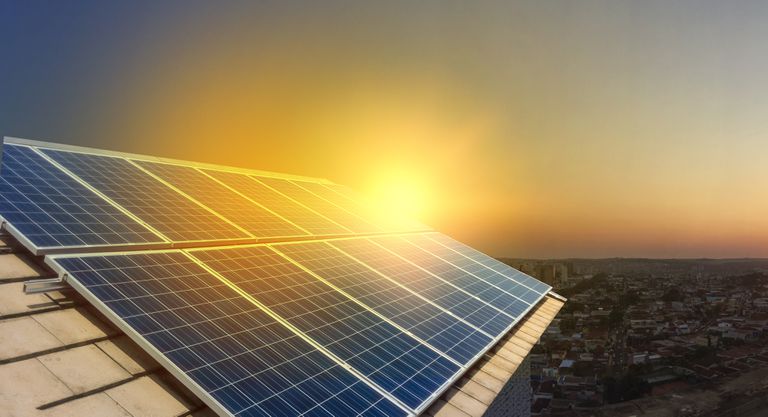Sugarcane bagasse ash derived nano silicon for application in inorganic-organic hybrid bulk heterojunction solar cells

Giorno 21 novembre 2019, con inizio alle ore 12:00, presso l'Aula F del DFA, su invito del Prof. Antonio Terrasi, la Dott.ssa Fortunate Farirai (University of the Witwatersrand, Johannesburg, South Africa) terrà un seminario dal titolo Sugarcane bagasse ash derived nano silicon for application in inorganic-organic hybrid bulk heterojunction solar cells.
Tutti gli interessati sono invitati a partecipare.
Abstract. Silicon nano particles (SiNPs) obtained from sugarcane bagasse ash were incorporated into the hole transport layer poly(3,4- ethylenedioxythiophene)-poly(styrene sulfonate) (PEDOT:PSS) of an organic solar cell based on blend of poly(3-hexylthiophene) (P3HT) and [6:6]-phenyl-C61-butyric acid (PCBM). Four solar cells were fabricated: F1 (reference cell), F2 (with SiO2NPs), F3 (with SiNPs) and F4 (with p-type SiNPs) in the hole transport layer (PEDOT: PSS). The influence of the nanoparticles in the PEDOT: PSS was investigated using UV–Vis spectroscopy, Atomic Force Microscopy and Scanning Electron Microscopy. The current –voltage (J-V) characteristics of all the fabricated solar cells were studies to establish the performance in the P3HT: PCBM organic solar cells. The Fill factor for F1, F2, F3 and F4 were 38.20, 3.88, 15.26 and 34.62% respectively. For the power conversion efficiency the fabricated cells achieved 0.83 % (F1), 0.001% (F2), 0.14% (F3) and 0.63 % (F4).